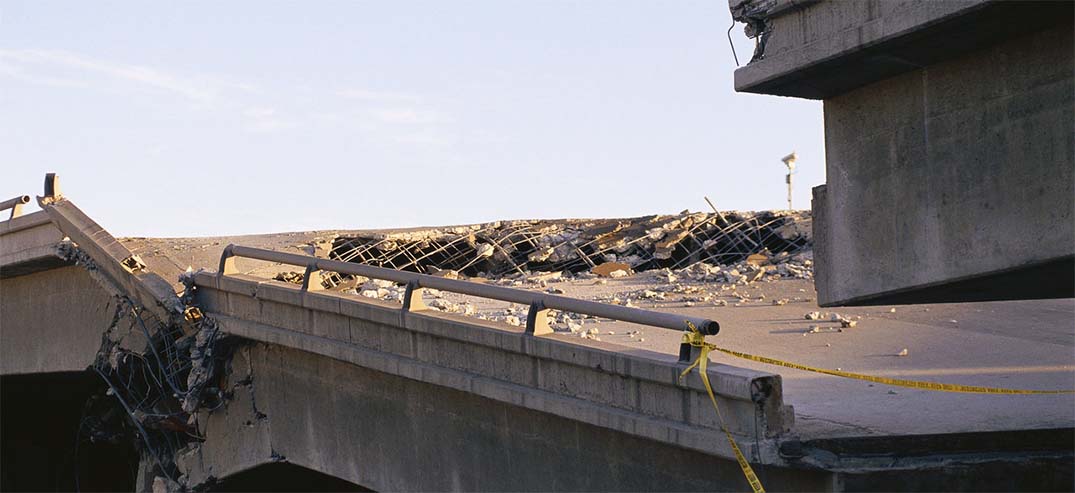The New York and Tel Aviv-based startup, Dynamic Infrastructure, is implementing the world’s first deep-learning solution which allows bridge and tunnel owners and operators to obtain visual diagnosis of the assets they manage. The system provides live, cloud-based, 3D views of the bridge or tunnel and automatically alerts when changes are detected in maintenance and operation conditions – before the issues evolve into large-scale failures.
The company is already conducting projects in the US, Germany, Switzerland, Greece and Israel with different transportation infrastructure stakeholders. The company’s clients operate a total of 30 000 assets, ranging from departments of transportation to public-private partnerships (PPPs) and private companies.
Dynamic Infrastructure quickly creates “medical records” for every bridge, tunnel and elevated highway, based on existing images taken through periodical condition inspections along the years, including images from smartphones, drones and laser scanning. The proprietary technology compares old and archived images to new ones, detecting maintenance and operation issues, defects and anomalies. Like MRI for humans , the 3D “medical records” serve as the basis for the alerts on changes in maintenance conditions. The diagnostics can be easily accessed through a simple browser and can be instantly shared with peers and contractors to speed maintenance workflows and increase return on investment.
“The world faces an infrastructure crisis,” says Saar Dickman, co-founder and CEO of Dynamic Infrastructure. “Specifically, deficient bridges and tunnels represent a severe infrastructure challenge in the US and worldwide, and their poor condition leads to life losses and millions in unplanned expenditures. Trying to repair America’s deficient infrastructure without adopting new technologies will not work. Technology allows you to change the equation of one dollar problem equals one dollar of solution. A single dollar of the right technology in the right place can save much more than one dollar of maintenance of a bridge.”
“Till recently, there has been no effective system that can quickly and precisely identify defects in bridges throughout their lifetime,” he continues. “We provide actionable monitoring and alerts that can better manage expenditures and help prevent the next collapse. We are bringing the data revolution to the decision-making process of bridges and tunnel maintenance based on our cutting-edge imagery analysis.”
In total, there are more than 616 000 bridges in America. Of those, more than 47 000 are structurally deficient and need urgent repairs, according to a report issued earlier this year by the American Road & Transportation Builders Association (ARTBA). Americans cross these deficient bridges 178-million times a day.
The average age of a structurally deficient bridge is 62 years. More than 235 000 (38%) of US bridges have identified repair needs. ARTBA estimates the cost to make the identified repairs for all 235 000 bridges is nearly $171-billion. The pace of repair in 2018 slowed in comparison to 2017, and therefore ARTBA warns that at this pace, it will take 80 years to make significant repairs in America’s bridges.
Tunnels are no different. According to the Federal Highway Administration (FHWA) and the Federal Transit Administration (FTA), more than 350 highway tunnels have been identified in the US. About 40% percent of these tunnels are now more than 50 years old; and approximately 5% of these tunnels already exceed 100 years of service.

